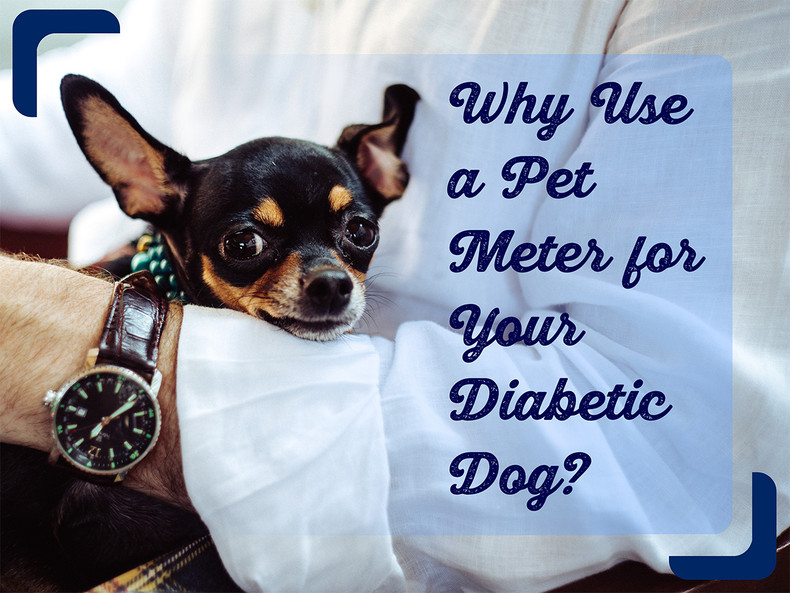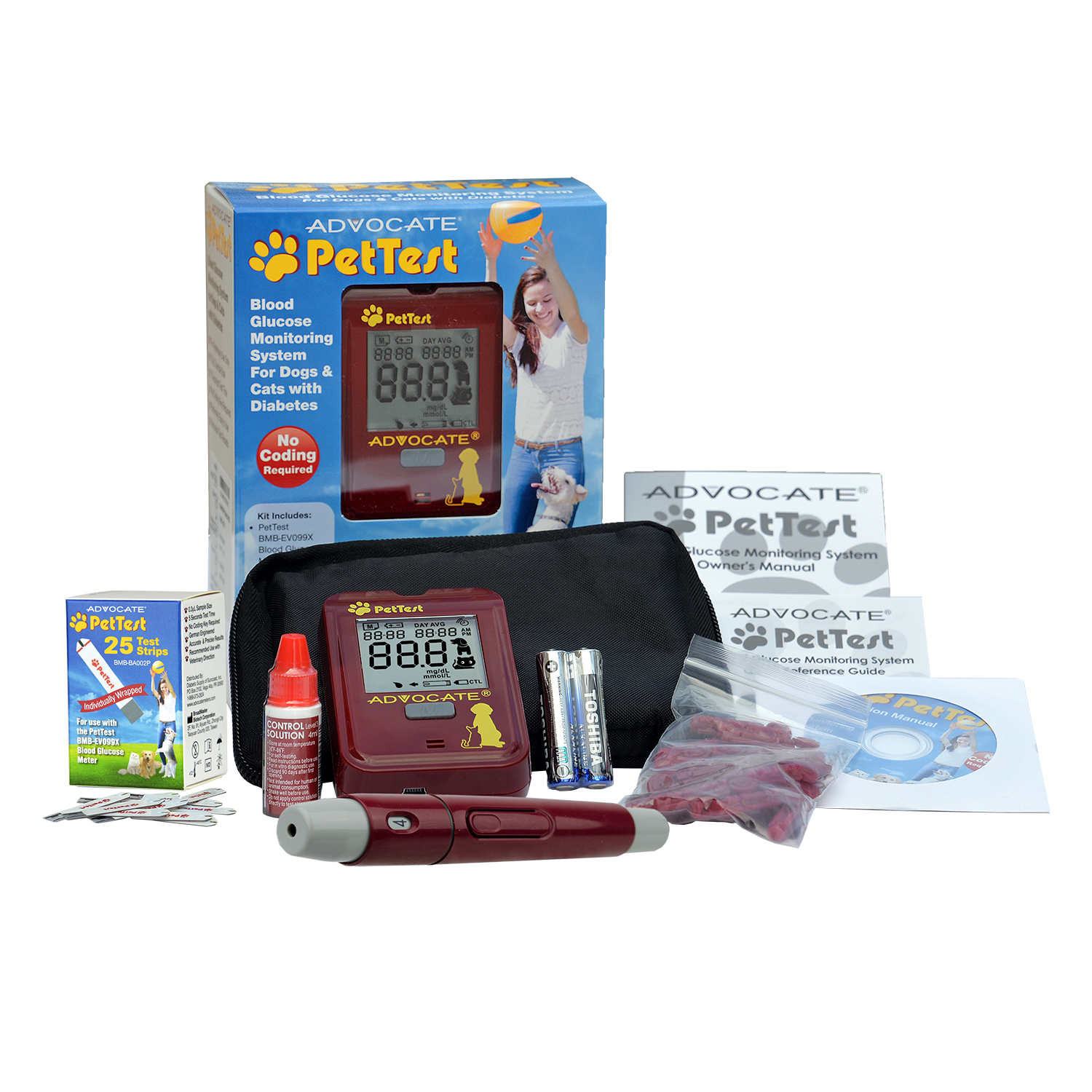Why Use a Pet Metter for Your Diabetic Dog?
Today’s topic is a little technical, but I will do my best to make it understandable. I have said many, many times that your meter is your best friend when managing this disease. In the beginning, many people run out and buy a human meter until their pet meter arrives. I sure wish that there was a place that we could just run to and buy a pet meter and strips! I think that if I was still treating a “sugar baby” I would try to convince my vet to stock them for all of his/her diabetic pups. Oh well… That’s for another day. Lol
Let’s start with the basics of blood and where the glucose is carried in the blood. This will give you an understanding of why a pet meter is the most effective way to get accurate readings on your Diabetic pup.
When we test, we are testing capillary blood or plasma. It is different from the sample that your vet pulls from a vein when doing bloodwork on your pup in the office. All meters are calibrated to match up to that venous blood within a 20% allowable variance. So, blood from a vein is what all meters are “programmed” to match up with. When you collect a sample and draw that capillary blood (plasma) into the strip, your meter makes the conversion using an algorithm to “convert” the capillary blood into a venous blood equivalent. Are you with me so far?
Now, let’s look at how humans, dogs and cats are different in the blood department.
Humans carry 58% of the glucose in the plasma and 42% of the glucose in red blood cells.
Dogs carry 87.5% of the glucose in the plasma and 12.5% of the glucose in red blood cells.
Cats carry 93% of the glucose in the plasma and only 7% of the glucose in red blood cells.
You can see by the differences in where the glucose is located that the algorithm for each of these species will be quite different. It’s why you notice on your pet meter that there is a different setting for dogs and cats. The reason that there is a dog or cat setting is because the conversion algorithm is different to get to that venous blood equivalent.
Different meters use different enzymes in the blood to test so their algorithms are different, but their benchmark is the same, to be within the 20% allowable variance to a venous blood sample. So if you are comparing meter readings, you may get numbers that are very close or you may get readings that are way off. Depending on what range your pup is in, meaning if they are close to the 150-250 safety range, your comparisons may be very close between meters. If your pup is newly diagnosed and you are in the 350-450 range, when you factor in the 20% allowable variance of both meters to the benchmark, your readings may be way off. It is why we say to choose a meter and stick with it or you will make yourself crazy!
Because dogs have a higher percentage of their glucose located in the plasma than a human, a human meter while it may be close in certain ranges to a pet meter, it likely will read lower than a pet meter. And in some cases, depending on how high BG (Blood Glucose) is, significantly lower.
Why is this important you ask? As your pup gets closer to being “in range” (regulated), you will want the most accurate readings possible to ensure that your pup is safe at all times.
The moral to this story is that a meter that is designed for pets is the way to get the most accurate readings that will keep your pup safe at all times. I hope that I didn’t lose you along the way here, if I did, suffice it to say that a pet meter is the way to go when gathering reliable data to manage your pup’s diabetes!
Notice that for most of the products or groups that I mention, the text is linked to a website that you can purchase that item or a link to join the group mentioned. Just click on the colored text (red or blue, depending what device you are on) and it should take you right to the item or group. If you have any thoughts or ideas for topics that you’d like to see covered here, please feel free to comment below or send me an email at NancyForPetTest@PharmaSupply.com. As always, please “like” this blog post or any of the others that have helped you or just refreshed your memory. Look for new posts every Monday, Wednesday and Friday!
Until next time…


